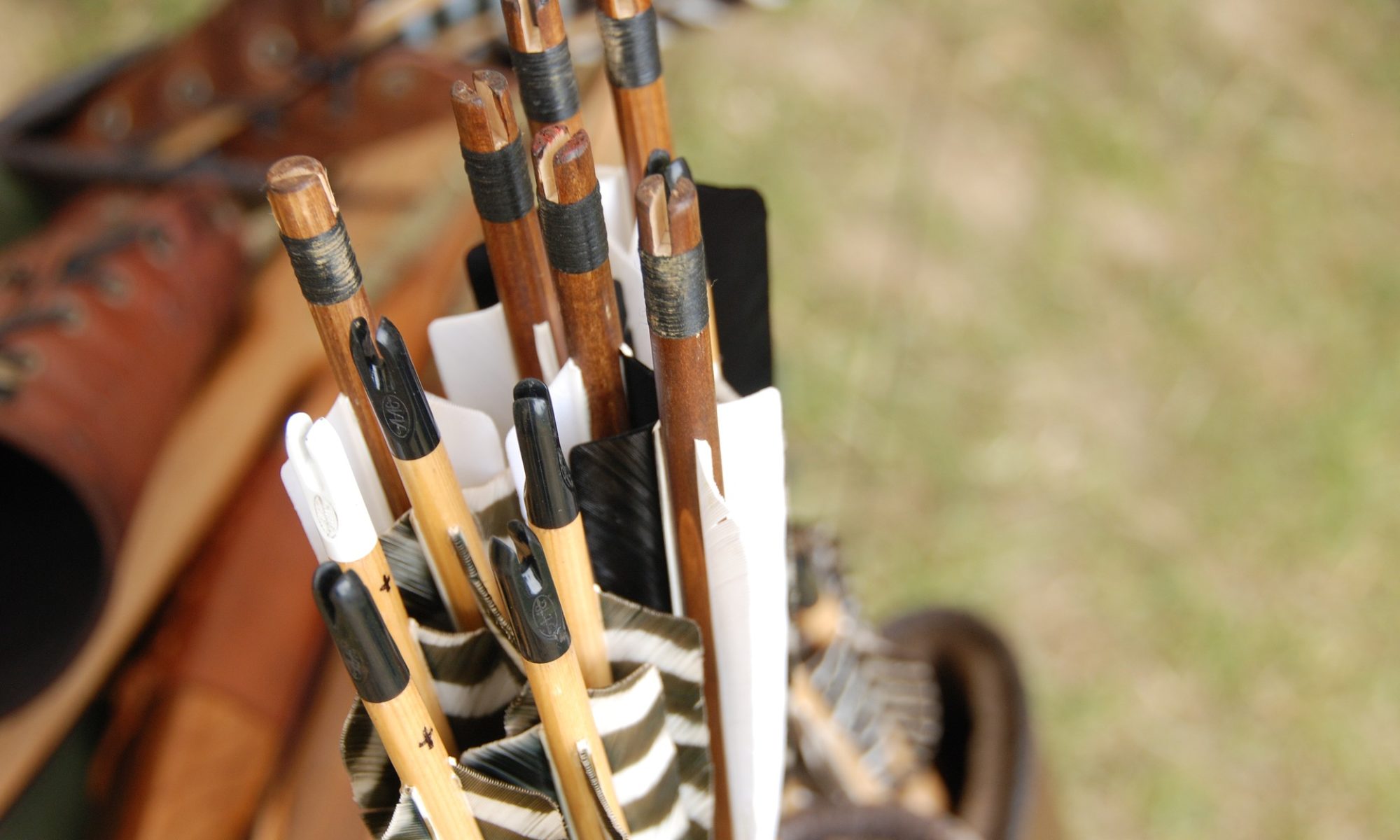“All that we have said so far depends for success on a steady hand, a firm hold on the grip, locking, alignment of both arms, correct sighting, presence of mind, a sound draw with the elbow in the appropriate position, a clean release with tension in both elbows and, above all—for on this hinges everything else—imperturbability.” – Ṭaybughā
If you followed Ṭaybughā’s proscription thus far, you will have learned to take up your bow, nock, draw and loose exceptionally steady and accurate arrows at a variety of ranges under different conditions. Your ability to wield a bow and arrow approaches the feeling of the implements being an extension of your own body. You will have developed the strength and steadiness to wield weapons of war at draw weights and speeds unimaginable to most modern archers. The Mamelukes were reputed to be “skilled shots who could hit the pupil of an eye.”
Impressive as you may be by now, you will not yet, in Ṭaybughā’s estimation, be deserving of the title “Archer.” There is an incredible variety of techniques and technology the warrior was expected to be proficient in. I haven’t even touched on the myriad arrowheads or shooting devices described in Saracen Archery. There was also a stringent set of tests the warrior had to pass in order to be considered battle ready. Read on for a sampling of the feats expected, not just of the exceptional or master but, of all Mameluke archers.
On Ensuring a Low Trajectory
A low flight path means a faster arrow. Faster arrows are more forgiving of mistakes in estimating range or leading targets. They also have more kinetic energy meaning they are typically more lethal.
For this test, stand at the line before a “five span” (38 inch) object set at “sixty bows’ distance ” (75 yards) where halfway to the object, there are two poles 8 feet tall and 10 feet apart with a rope between their tops. Loose an arrow from the line. If you hit the target AND the arrow passed under the rope, your bow is strong enough and your arrow fast enough. The math works out to arrows traveling at upwards of 180 feet per second and this was the absolute minimum standard.
On the Assessment of Grouping
At the line again before the same 38″ object set at 75 yards, now loose a number of arrows. If each one hits the mark, your “grouping is good.” To help understand this, a 1 yard object set at 75 yards would appear to be about a half inch in height and you were expected to land every arrow on it.
On Determining Dexterity
This is the truly mind-boggling test of an archer’s worthiness. I will let Ṭaybughā’s standard speak for itself:
“Quickness and ease in using your hands are a commendable asset in battle. If you wish to determine your dexterity and rate of shooting, you take three arrows and stand and shoot over sixty bows’ distance. If you can shoot the third and only see the dust of the first after that third arrow has already left your hand, you are fast enough. If you can’t, you must practice holding the arrows all together between your fingers and shoot in this way. You keep on practicing until you achieve your goal.”
Presuming the arrows loosed are expected to meet the low trajectory standard (since the distance of the two tests were the same), this test translates to the ability to loose three arrows in roughly 1.5 seconds. How an archer could go about accomplishing this staggering feat with a war-worthy bow is an article in itself. Suffice it to say that this is blindingly fast and one author of the time remarked “The Saracen cavalry…began to shoot thicker and faster than one could believe possible.”
Sighting – Summary and Tests of the Archer – Conclusion
